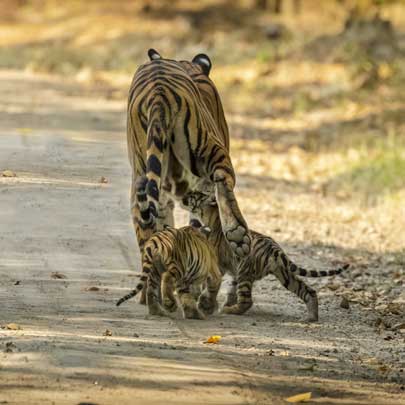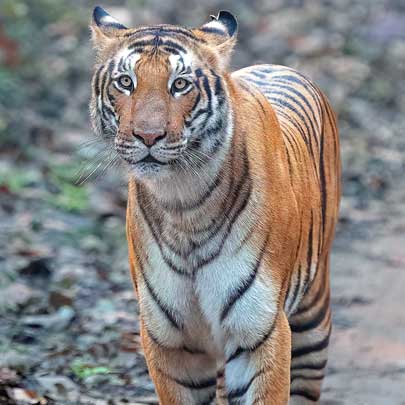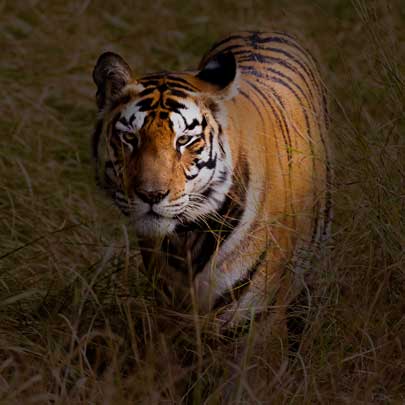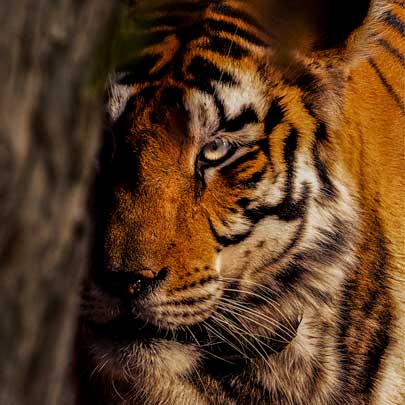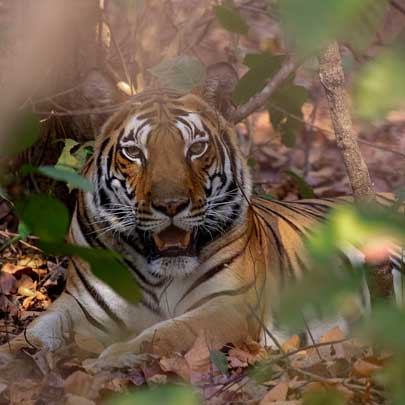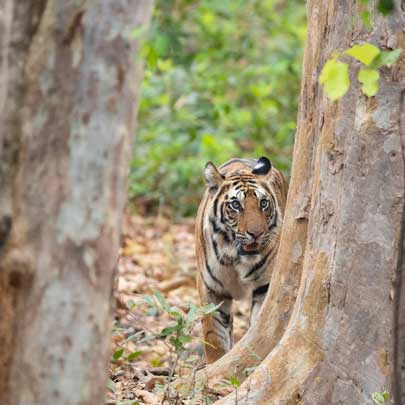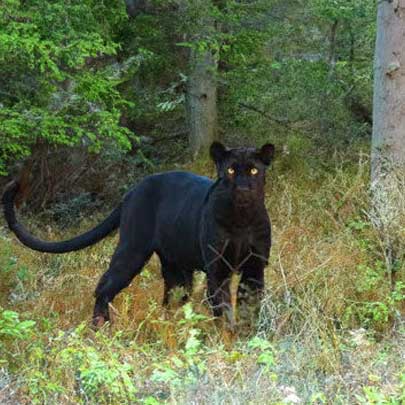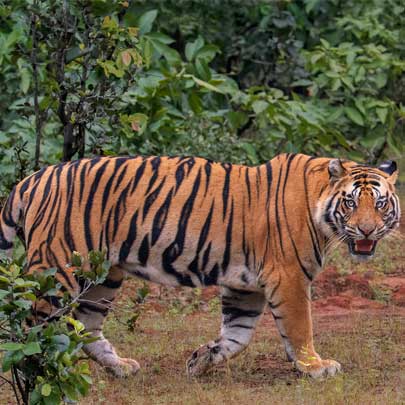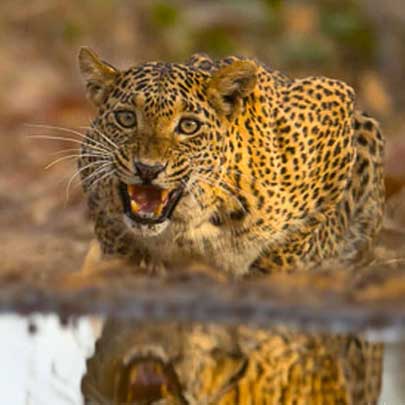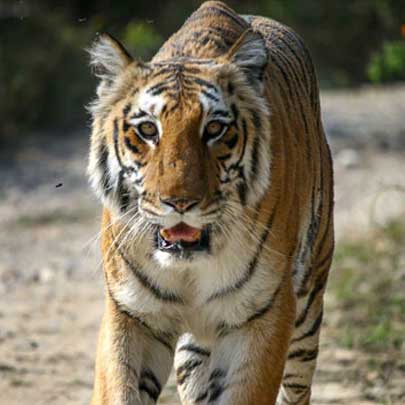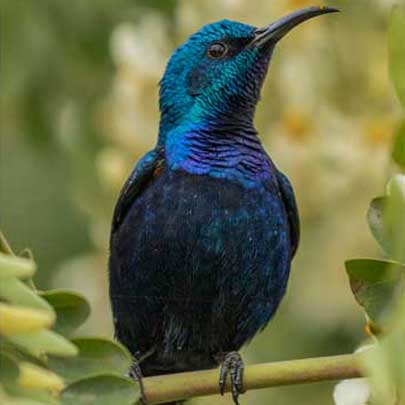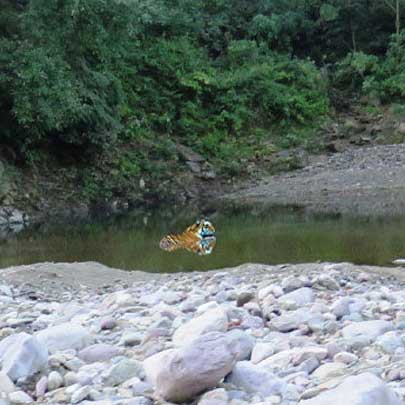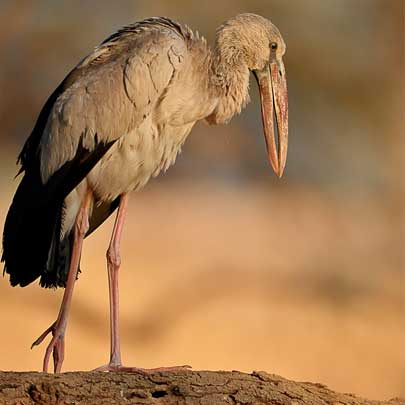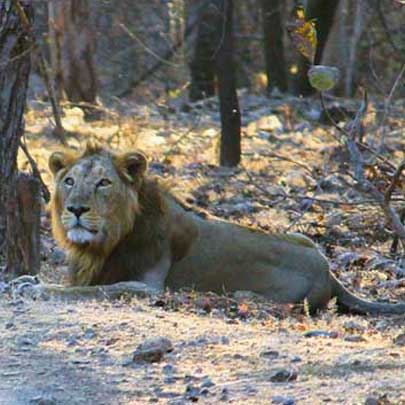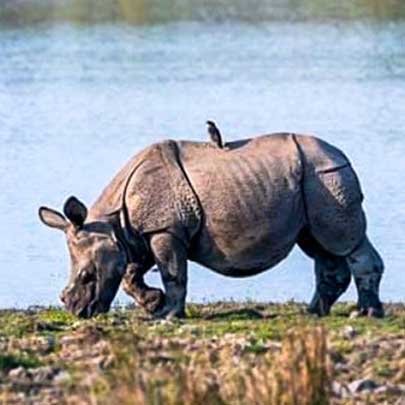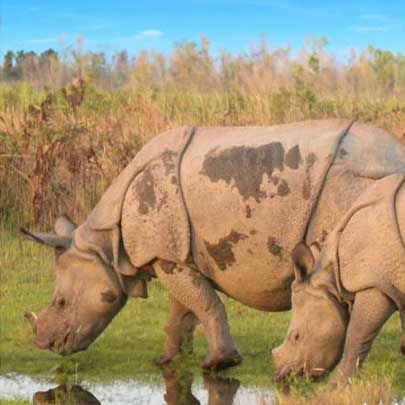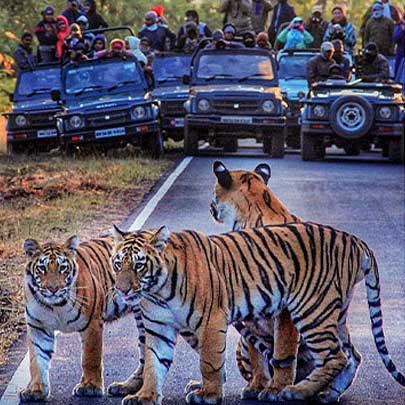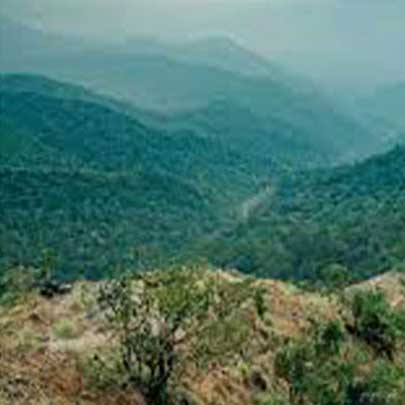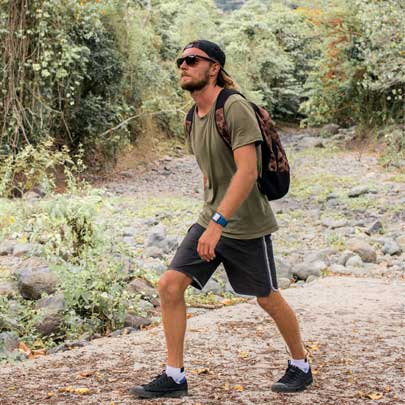Panna Tiger Reserve: A Case Study In Wildlife Rehabilitation
Panna Tiger Reserve, nestled in the Vindhya Range of Madhya Pradesh, India, stands as a testament to the resilience of ecosystems and the success of dedicated conservation efforts. This case study explores the historical challenges, conservation initiatives and the remarkable journey of Panna Tiger Reserve in rehabilitating its wildlife, especially the majestic tiger population.
1. Historical Context: Panna faced a significant setback in the mid-2000s when it lost its entire tiger population due to poaching and other factors. This marked a critical point in the reserve's history, prompting urgent actions to revive its once-thriving biodiversity.
2. Conservation Initiatives: Authorities, wildlife experts and local communities collaborated to implement a multifaceted conservation strategy. This included habitat restoration, anti-poaching measures and community engagement programs aimed at creating a conducive environment for the return of tigers.

3. Tiger Reintroduction Program: A pioneering tiger reintroduction program was initiated, sourcing tigers from other reserves. The selection process involved choosing individuals with diverse genetic backgrounds to ensure a robust and sustainable population.

4. Monitoring and Tracking: To ensure the well-being of reintroduced tigers, sophisticated monitoring and tracking technologies were employed. GPS collars and camera traps provided valuable data on the tigers' movements, behaviors and interactions with the ecosystem.
5. Community Involvement: Local communities played a pivotal role in the rehabilitation process. Their engagement ranged from participation in anti-poaching patrols to sustainable livelihood projects, fostering a sense of ownership and responsibility towards the reserve's conservation.
6. Ecosystem Restoration: Parallel efforts were made to restore the degraded ecosystem. Reforestation projects, water conservation measures and initiatives to mitigate human-wildlife conflict contributed to the overall health of the reserve.
7. Success Stories: Individual success stories emerged as reintroduced tigers adapted to their new environment, bred successfully and became integral to the reserve's biodiversity. These stories became powerful narratives of the rehabilitation program's efficacy.

8. Challenges Faced: Despite the success, Panna encountered challenges such as the need to balance tourism, address human-wildlife conflict and maintain genetic diversity. Adaptive management strategies were implemented to navigate these challenges.
9. Innovative Conservation Practices: Innovative practices, such as the use of artificial intelligence in monitoring, community-led wildlife patrols and habitat corridors to connect fragmented areas, showcased the reserve's commitment to cutting-edge conservation.
10. Impact on Biodiversity: The impact of the rehabilitation program extended beyond tigers, positively influencing the overall biodiversity of Panna. Increased prey populations, diverse flora and a thriving ecosystem reflected the success of the holistic approach to conservation.

11. Future Sustainability: Ongoing efforts focus on sustaining the reserve's success. This involves continuous community engagement, adaptive management based on emerging challenges and the integration of new technologies for more effective conservation.
12. Lessons for Global Conservation: Panna's journey provides valuable lessons for global conservation efforts. It underscores the importance of holistic strategies, community involvement and innovative technologies in restoring and maintaining the balance of fragile ecosystems.
In conclusion, Panna Tiger Reserve's case study serves as an inspiring example of how concerted efforts, guided by a holistic vision and involving local communities, can not only restore a lost ecosystem but also contribute to the broader global conversation on wildlife conservation and rehabilitation.

























